TensorFlow 的机器学习基础知识
本课程适合以下人员:
- 刚开始接触机器学习,但具有中等编程背景
本部分内容旨在指导刚接触机器学习的开发者顺利完成其机器学习之旅的起始学习阶段。您会发现很多课程都采用了 TensorFlow,不过,这些知识也可以套用到其他机器学习框架中。
第 1 步:了解什么是机器学习
TensorFlow 2.0 旨在让您能够轻松地构建机器学习神经网络,这也是 TensorFlow 2.0 使用 Keras 这一 API 的原因。由 Keras 的创建者 Francois Chollet 编著的《使用 Python 进行深度学习》一书是入门的理想之选。您可以阅读第 1-4 章,从程序员的角度了解机器学习的基础知识。本书的后半部分深入探讨了计算机视觉、自然语言处理、生成式深度学习等领域。如果这些内容目前对您来说过于高深,也无需担心,因为您在学完基础知识之后自然就会理解其中的含义。
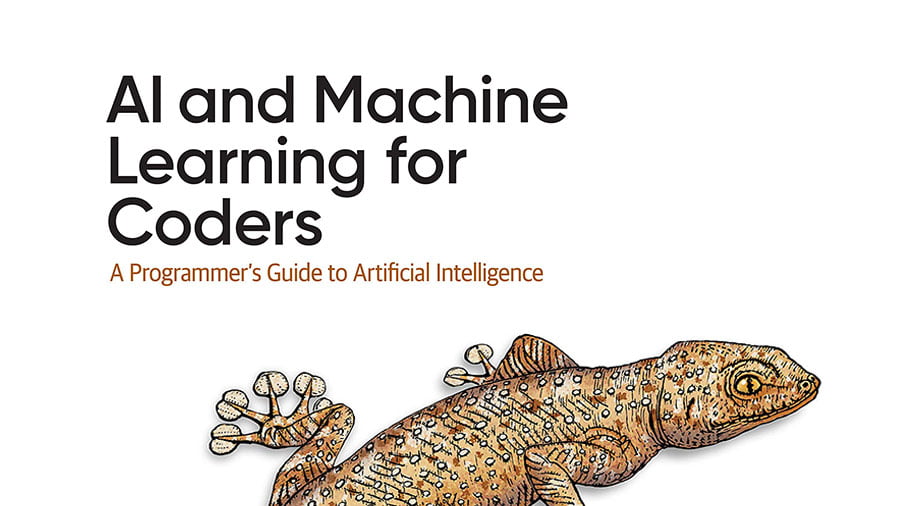
这本入门书籍从代码的角度介绍了如何实现最常见的机器学习场景,例如计算机视觉、自然语言处理 (NLP),以及网络、移动、云端和嵌入式运行时的序列建模。
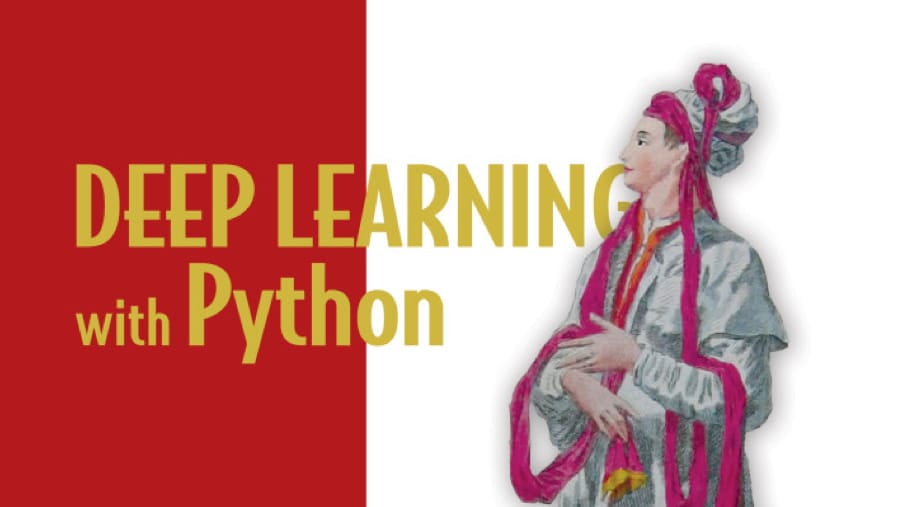
⬆ 或 ⬇
学习 Coursera 发布的 TensorFlow 简介或 Udacity 发布的 TensorFlow 在深度学习中的应用简介等在线课程,这两门课程均涵盖了与 Francois 编著的图书中相同的基础知识。另外,3blue1brown 发布的这些视频对您也有帮助,它们从数学层面上简要讲解了神经网络的工作原理。
完成此部分学习后,您将掌握有关机器学习工作原理的基础知识,从而为更深入的学习做好准备。
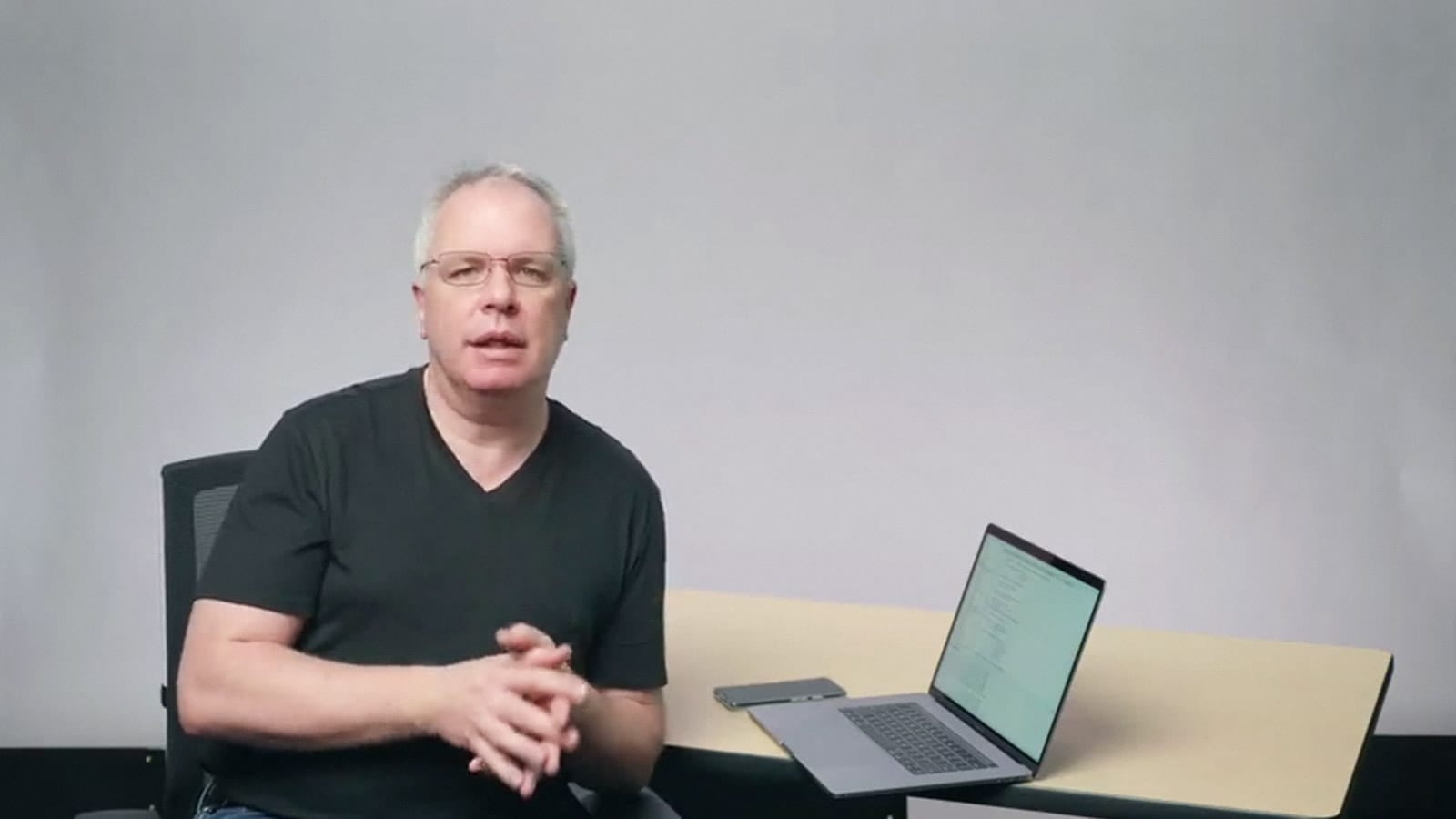
DeepLearning.AI
TensorFlow 在 AI、机器学习和深度学习中的应用简介该课程是《TensorFlow 开发者》专项课程的一部分,与 TensorFlow 团队联合制作而成,其中将讲解使用 TensorFlow 的最佳实践。
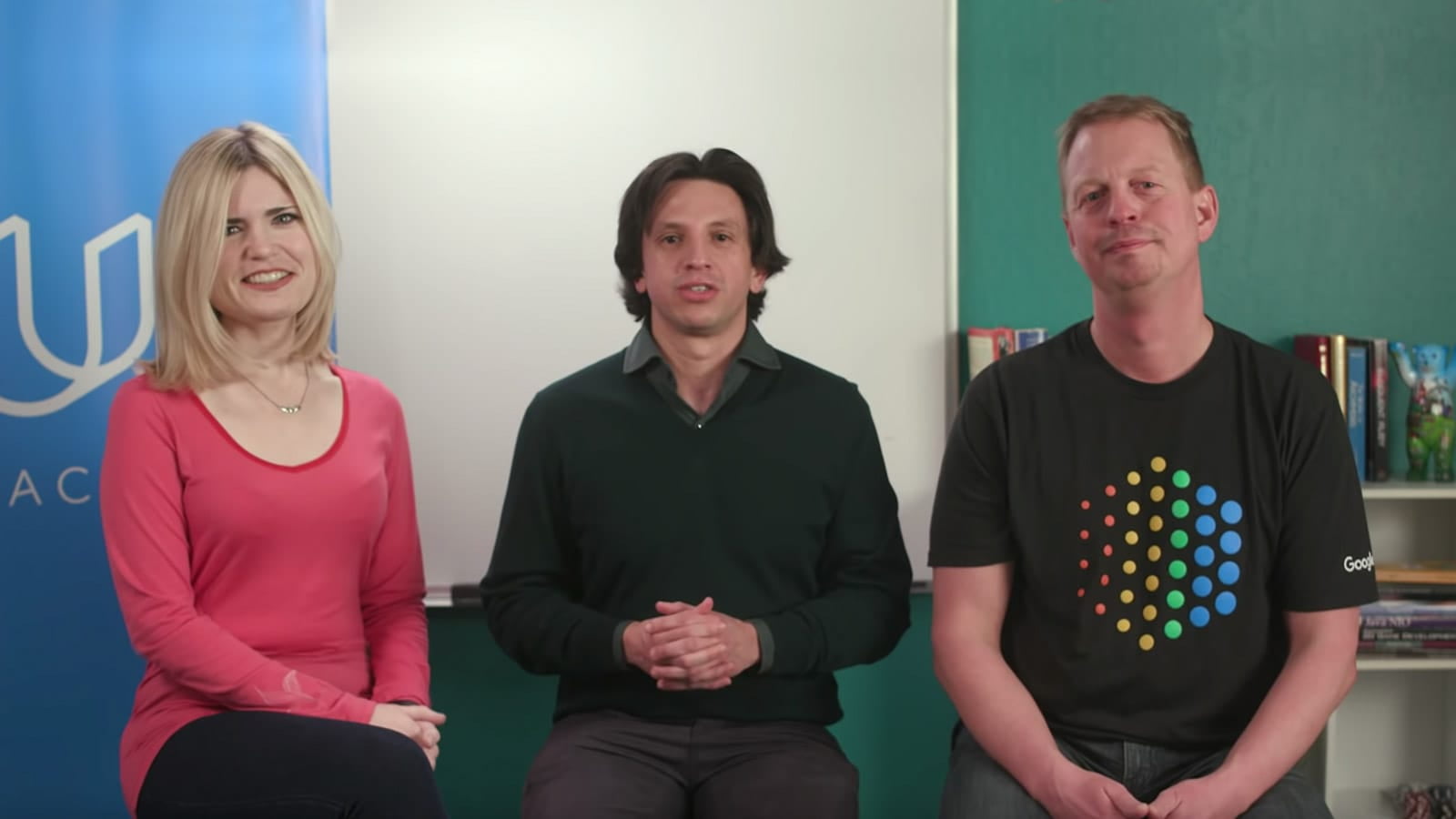
第 2 步:基础知识延伸
通过学习《TensorFlow 开发者》专项课程,您将了解关于入门级计算机视觉、NLP 和序列模型的拓展知识。
此部分会继续介绍入门知识,讲解如何使用 TensorFlow 针对各种场景构建基本模型,包括图像分类、理解文本中的情感以及生成式算法等。

DeepLearning.AI
《TensorFlow 开发者》专项课程在这个由 TensorFlow 开发者讲授且由 4 门课程组成的专项课程中,您将了解开发者在 TensorFlow 中构建由 AI 提供支持且可扩容的算法时使用的工具和软件。
第 3 步:实践
观看我们的一些 TensorFlow 核心教程,您可以根据这些教程练习在第 1 步和第 2 步中所学的概念。完成之后,您可以进行一些更高级的练习。
完成此部分后,您将会加深对构建机器学习模型时遇到的主要概念和场景的理解。
第 4 步:更加深入地了解 TensorFlow
现在,您可以再回头阅读由 Francois 编著的《使用 Python 进行深度学习》,并完成第 5-9 章的内容。另外,您还应该阅读由 Aurelien Geron 编著的《使用 Scikit-Learn、Keras 和 TensorFlow 进行机器学习实践》一书。这本书介绍了如何使用 TensorFlow 2.0 进行机器学习和深度学习。
学完此部分后,您不仅会掌握更加全面的机器学习入门知识,还可以发掘平台的更多功能来满足自身需求。
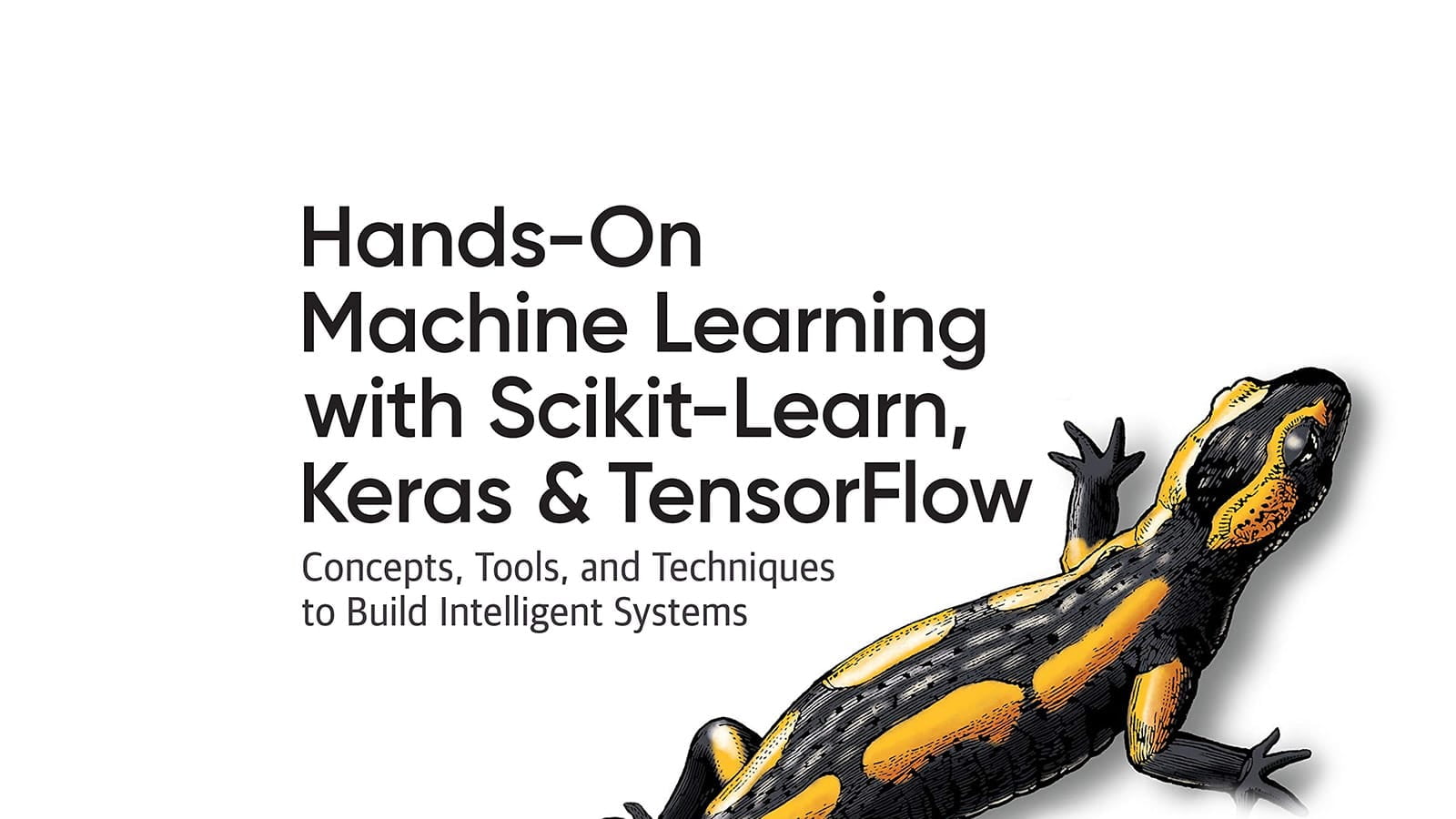
本书采用了具体示例和两个可用于生产的 Python 框架(Scikit-Learn 和 TensorFlow),并且理论知识篇幅不多,可帮助您直观地理解构建智能系统用到的概念和工具。
